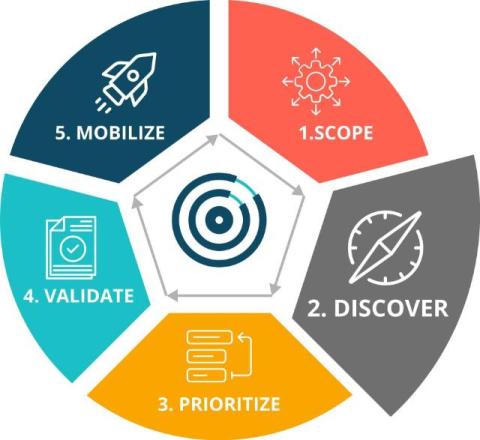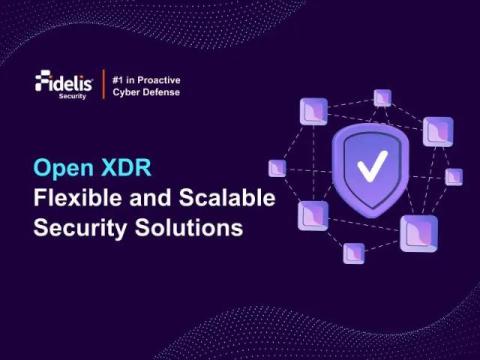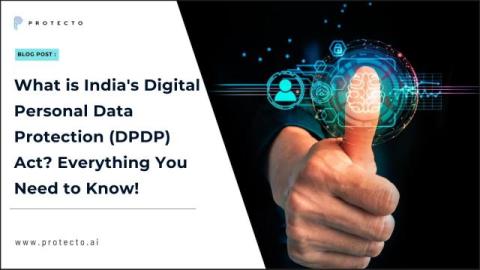"Operation Kaerb" Takes Down Sophisticated Phishing-as-a-Service Platform "iServer"
A partnering of European and Latin American law enforcement agencies took down the group behind the mobile phone credential theft of 483,000 victims. Someone steals a physical mobile phone and they need to unlock it. But to do so, you need the Apple ID or Google account of the phone’s owner. So, where do you go? Well, it used to be iServer – an automated phishing-as-a-service platform that could harvest credentials to unlock the stolen phones.









